Apple fruits of green variety were among the first plants in New Zealand that humans cultivated with the intention of harvesting their fruit for sale. That does not take into account the ‘fruit’ that Adam and Eve are said to have consumed, which, in the original Hebrew text, does not refer to an apple in particular.
The history of apples is inextricably linked to the history of human civilization. Monks took great care to cultivate the fruit trees in the orchards that were located within the monastery gardens. Apples were fermented into cider or dehydrated and used for other purposes. Apples that have been cooked and then bottled can now be stored for the entire year.

Beginning in 1622, various components of apple production, including apple trees, apple seeds, apple cuttings, and beehives, were brought to the Americas from Europe.
Samuel Marsden is credited with being the first person to plant apples in New Zealand at Kerikeri in the year 1819. Apples were first sent to the UK in the year 1888.
This country is now responsible for producing 5% of the apples that are exported around the world. They grow in cold and mountain climates as well, so they should always be the first choice for any fruit tree in any situation in New Zealand.
Our temperate climates are ideal for them, but you can also grow them in colder climates and in the mountains. They thrive best in soil that is open and has good drainage and in conditions of continuous sunlight.
They require annual feeding with manure or compost, and despite popular belief, even old apple trees that you thought were a waste of space can thrive with this type of care.
Although there is a good selection of apple trees available throughout the year, the winter is the best time to plant them, and it is also the time of year when the most varieties of apple trees will be sold in retail outlets. When you plant something during the summer, you need to make sure that the plants get plenty of water.
Taking into account the climate and soil conditions of your location is the most important step in the selection process for your garden’s plant varieties. In making your decision, you should take into consideration not only the qualities of the fruit that appeal to you but also the time of year when the trees bloom.
When purchasing an apple tree, you should make sure to check whether or not the variety is self-fertile, as some apple varieties are; however, the majority of apple varieties need a pollinator apple to be planted nearby in order to produce fruit.

It is essential that you pick a pollinator that blooms at the same time as the variety that you want to cultivate.
When selecting a location for your apple tree, look for one that is open and sunny but sheltered from any persistent winds. It is a good idea to find out how big the tree will grow so that you can make sure it will have enough space when it gets there. If you have a limited amount of space or are planning to plant your apple trees in pots and containers, dwarf apple varieties are a good choice.
Apples have a greater chance of success in regions that receive a sufficient amount of winter chill, which is defined as 1000 hours with temperatures at or below 7 degrees Celsius.
However, low chill apple varieties such as Gala and Pink Lady are available for growers in the far north. On the other hand, Laxton’s Superb and Fiesta can withstand severe frosts even while they are in bloom.
There are over 8000 different kinds of apples, and our company is responsible for developing a few of them. New Zealand is responsible for the development of the Braeburn variety of apple, which is now grown all over the world.
New Zealand is also responsible for the development of other locally bred varieties, such as Pacific Rose, Jazz, and Lemonade, which have outstanding flavors and high juice contents.
However, many of the older European varieties are even more delicious, more juicy, and healthier than their modern counterparts. Tests for health-promoting ‘anthrocyanins’ (the red bits) show that the Monty’s Surprise apple is twice as health-giving as its nearest competitor. This is one of the things that modern science is discovering to be true about the age-old proverb that “apples keep the doctor away.”
The supermarket industry favors apples with a reddish appearance and a long shelf life, despite the fact that these apples frequently have no flavor at all.

If you want to eat something that is significantly more worthwhile, you should go to the harvest sharing day hosted by your local Tree Crops organization. This will educate your palate about the fantastic and varied sour flavors that apples can have.
It is highly recommended that you expand your apple collection to include some unusual varieties if you have the space in your orchard to do so. Golden or Red Delicious apples are readily available at the grocery store for purchase by anyone; however, the trees themselves are finicky, and commercial apples typically do not grow well without the assistance of chemical fertilizers and pesticides.
Fuji, Egremont Russett (healthy and with its own distinctive flavor), and Sturmer Pippin are some of the bulletproof organic wilderness varieties of apples. Sturmer Pippin is a good all-around cook and eater as well.
Then there are apples that are suitable for cooking, such as the Bramley’s Seedling, apples that are suitable for making cider, such as the Kingston Black, and apples that are suitable for making juice, such as the Discovery.
There is an apple that is perfect for every circumstance, and as a way to honor our climate, which is generally mild, as well as our history, we ought to plant as many different kinds of apples as we possibly can.
This will liberate our lives from the monotony of commercial apples, which prioritize appearance and shelf life over authentic flavors and qualities.

The best conditions for apple growth are provided in the form of good, rich soils and sufficient water throughout the summer months, when the trees are engaged in the process of developing fruit.
It is possible to cultivate them in containers; however, during the spring and summer months, they need to be fertilized and watered thoroughly on a consistent basis in order to have a successful fruiting. Spread mulch all the way up to the tree line around the trunk of the apple tree to prevent grass from growing in and stunting the tree’s ability to bear fruit.
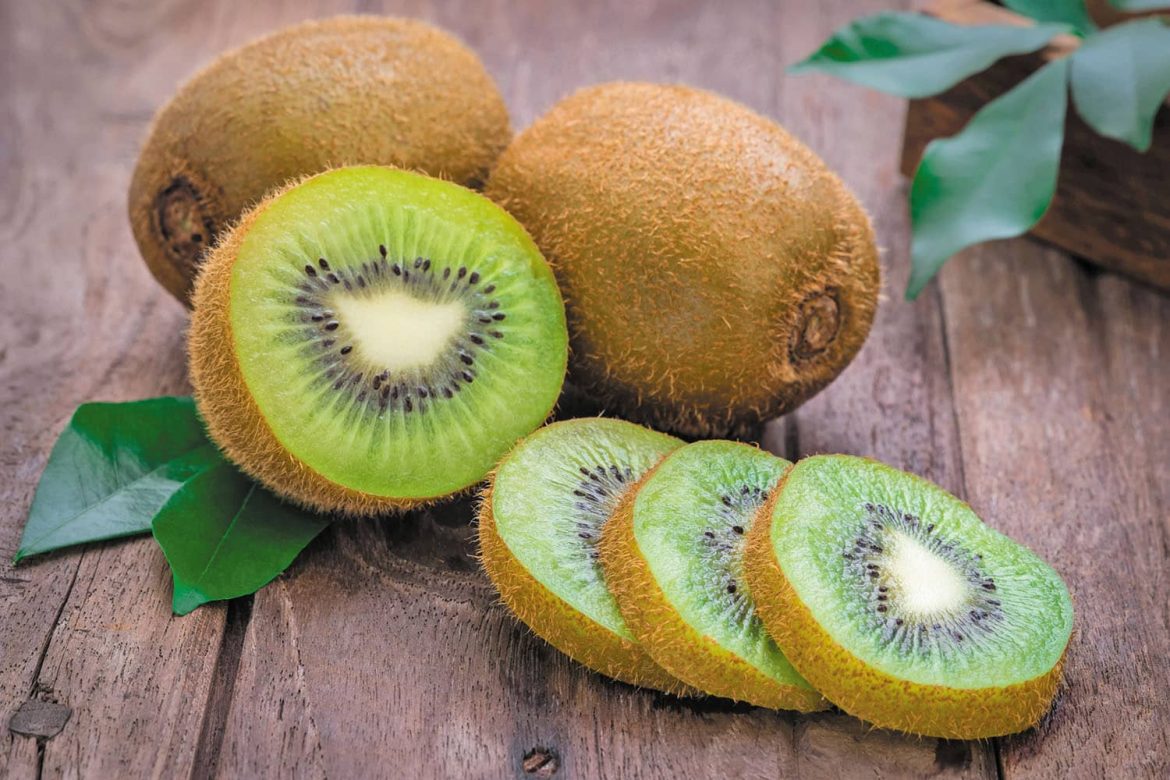
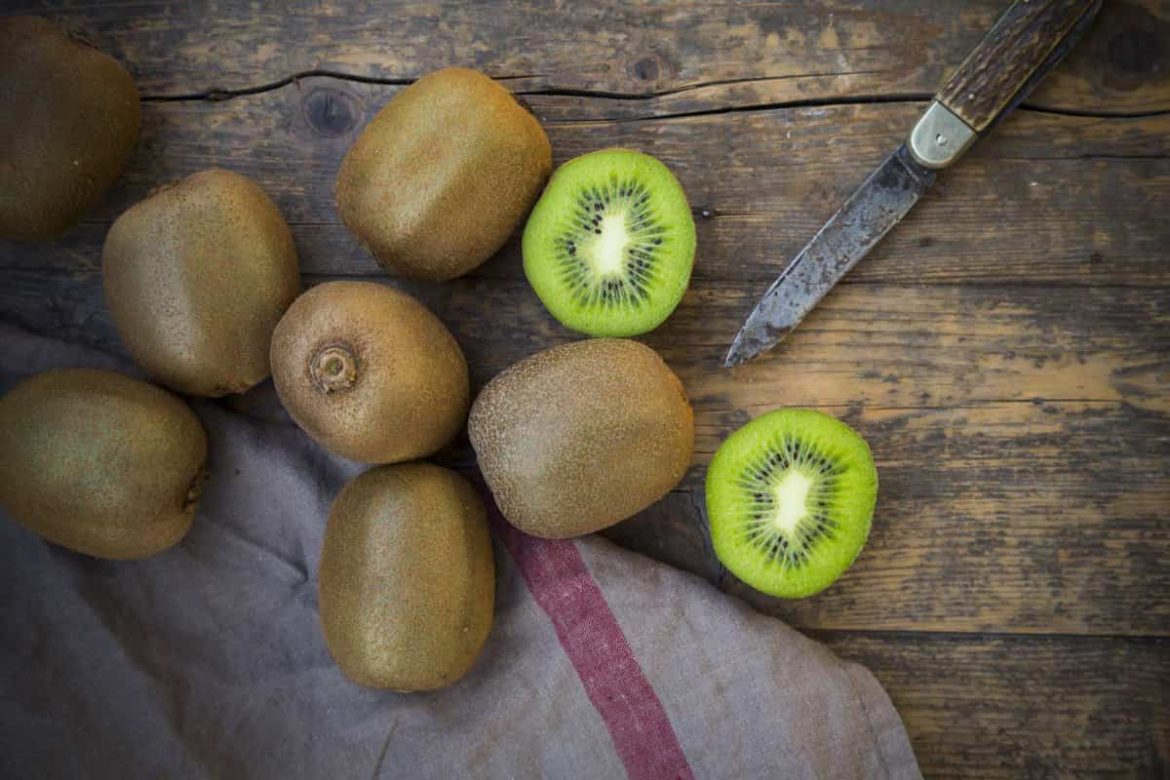
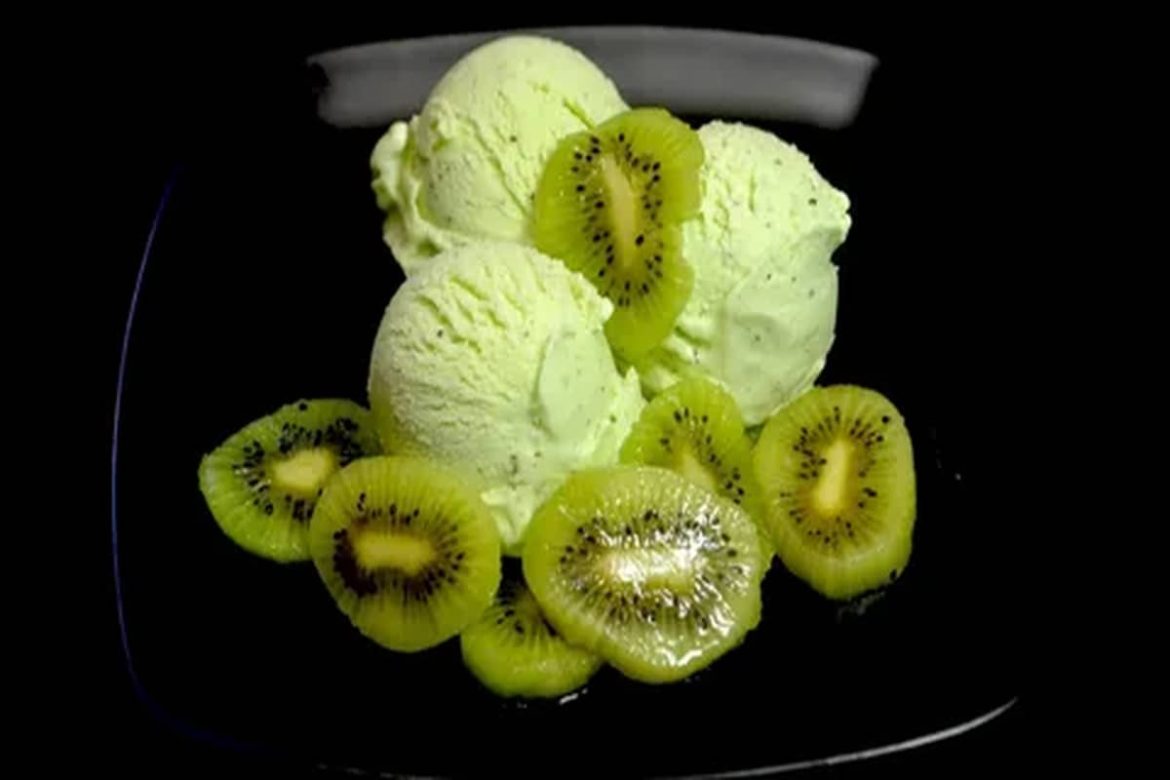

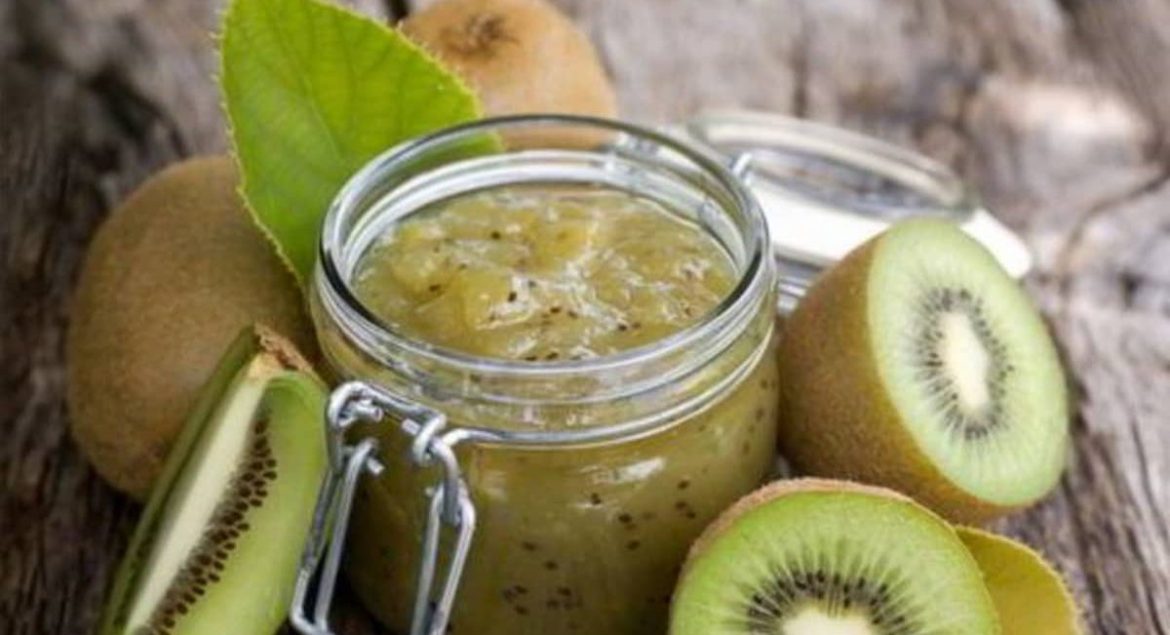
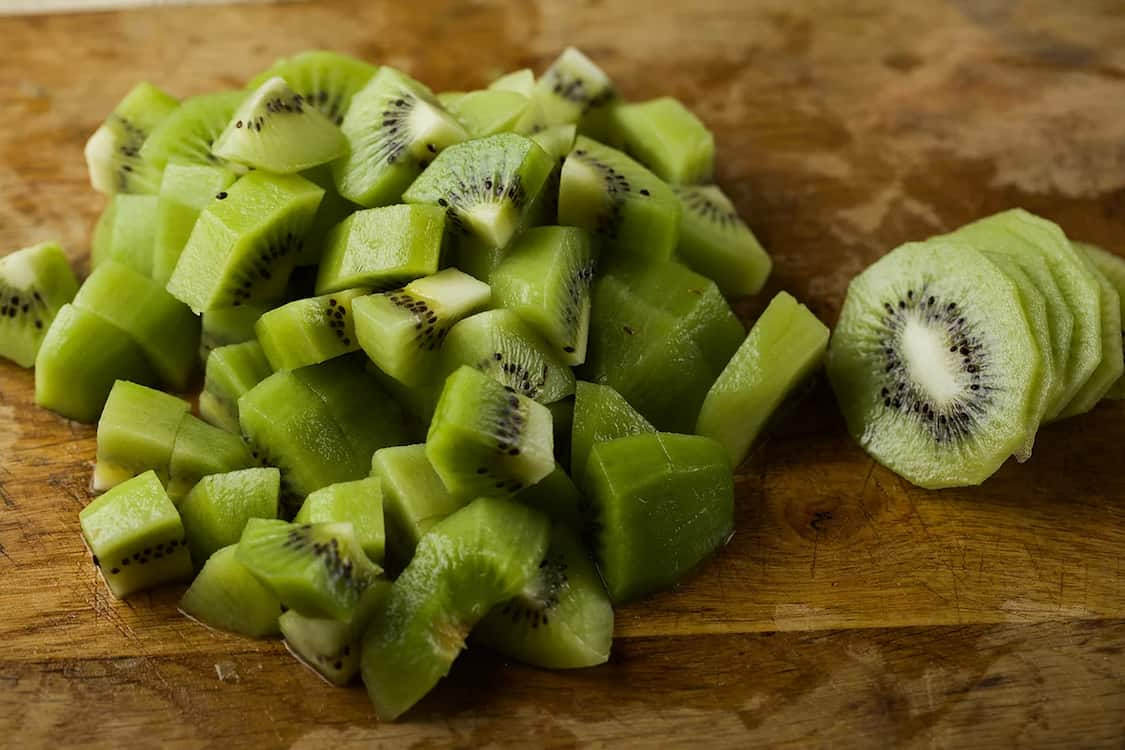
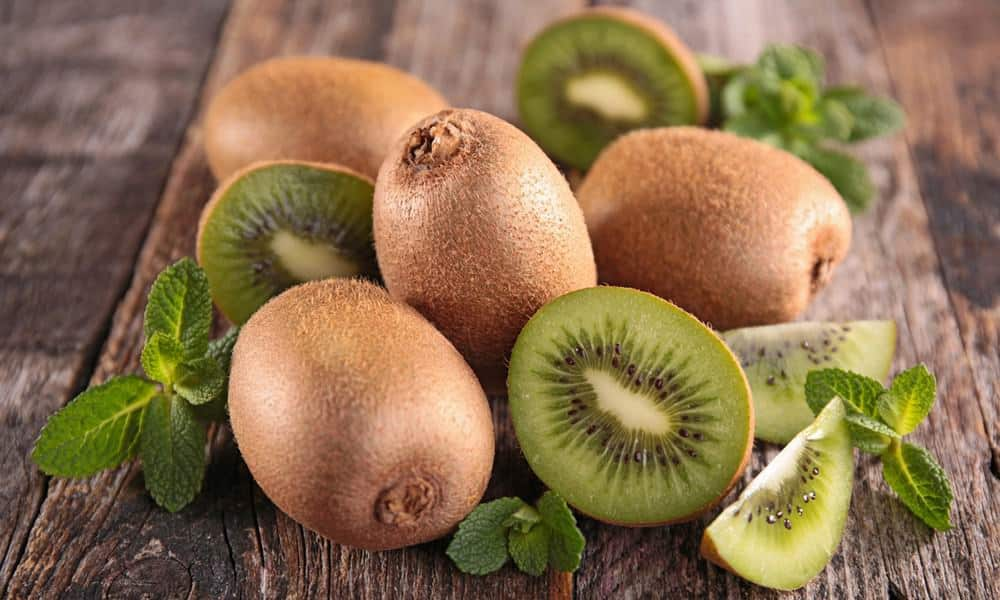



Your comment submitted.